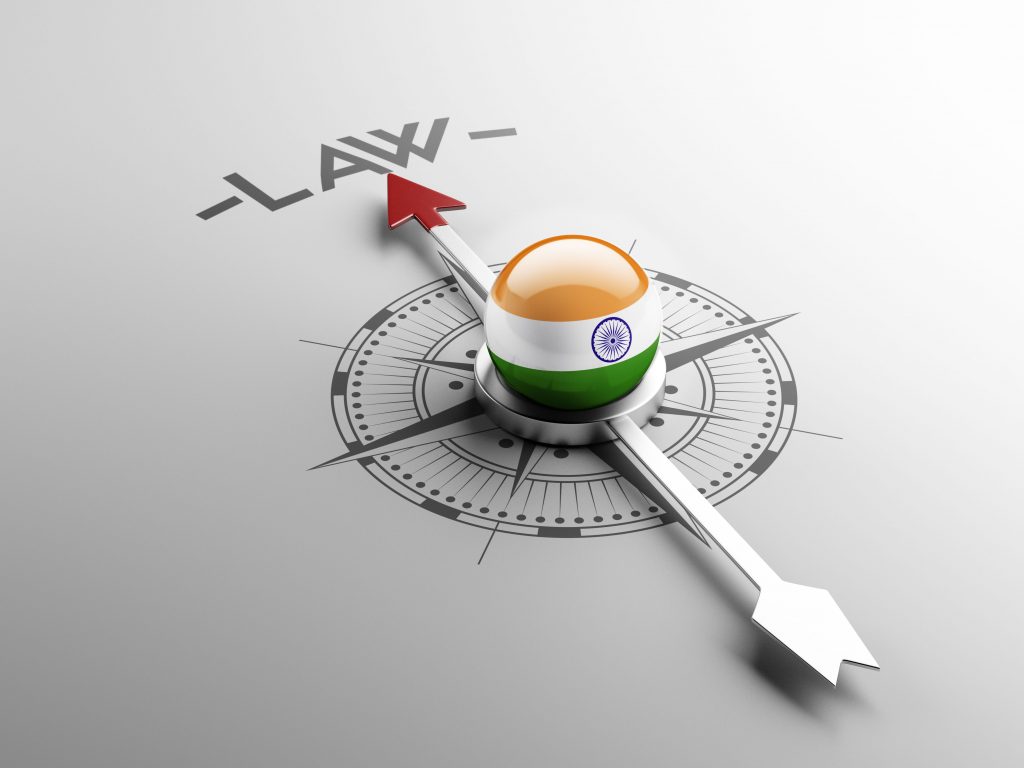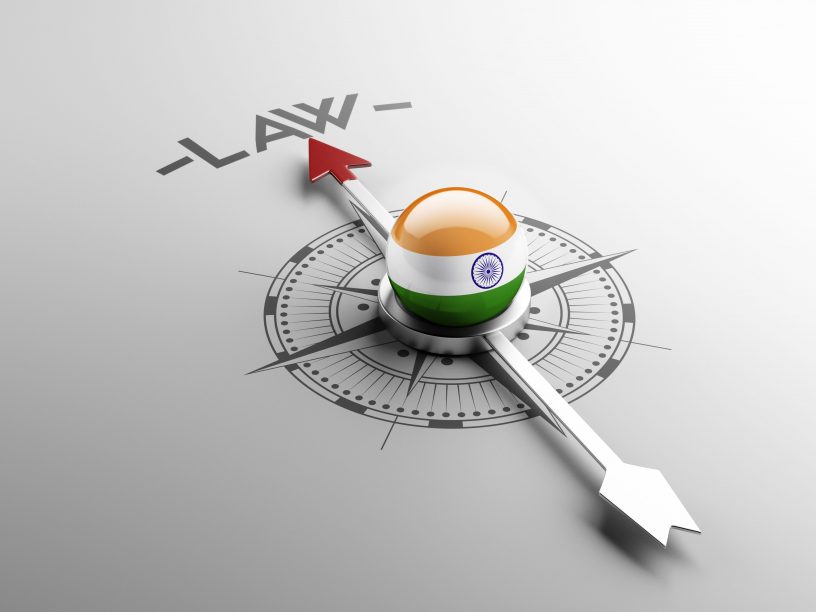
This article analyses various judicial decisions to argue that India’s interpretation and application of the precautionary principle has been inconsistent and ambiguous.
Author
Kanika Jamwal, Jindal Global Law School, O.P. Jindal Global University, Sonipat, Haryana, India.
Summary
Widely contested in international environmental jurisprudence, the precautionary principle has two versions. The ‘weak’ version prescribes undertaking “cost-effective measures” to prevent environmental degradation when there is threat of “serious and irreversible damage” to the environment. Lack of full scientific certainty shall not postpone these measures.
The ‘strong’ version prescribes undertaking “precautionary measures”, when an activity “raises threats of harm to human health or the environment, even if some cause and effect relationships are not established scientifically”; the burden of proof to prove that the activity is environmentally benign is on the proponent of the activity.
While evident differences exist with regards to threshold of harm, cost-effectiveness of measures, and burden of proof, “regulating (situations of) scientific uncertainty” to preclude damage to environment and human health, is pivotal to both renditions of the principle.
India’s textual adoption of the principle echoes this quintessential understanding; however, its interpretation and application, suggest otherwise. Sporadically, the Court has applied the principle to achieve environmentally favourable outcomes, regardless of whether there is scientific uncertainty about the impacts of the activity in question.
This article analyses various judicial decisions to argue that India’s interpretation and application of the principle has been inconsistent and ambiguous. Using the political economy approach it explores how has this ambiguity played out in different cases and determined the outcome of environmental litigations.
Published in: Mongabay
To read the full article, please click here.


